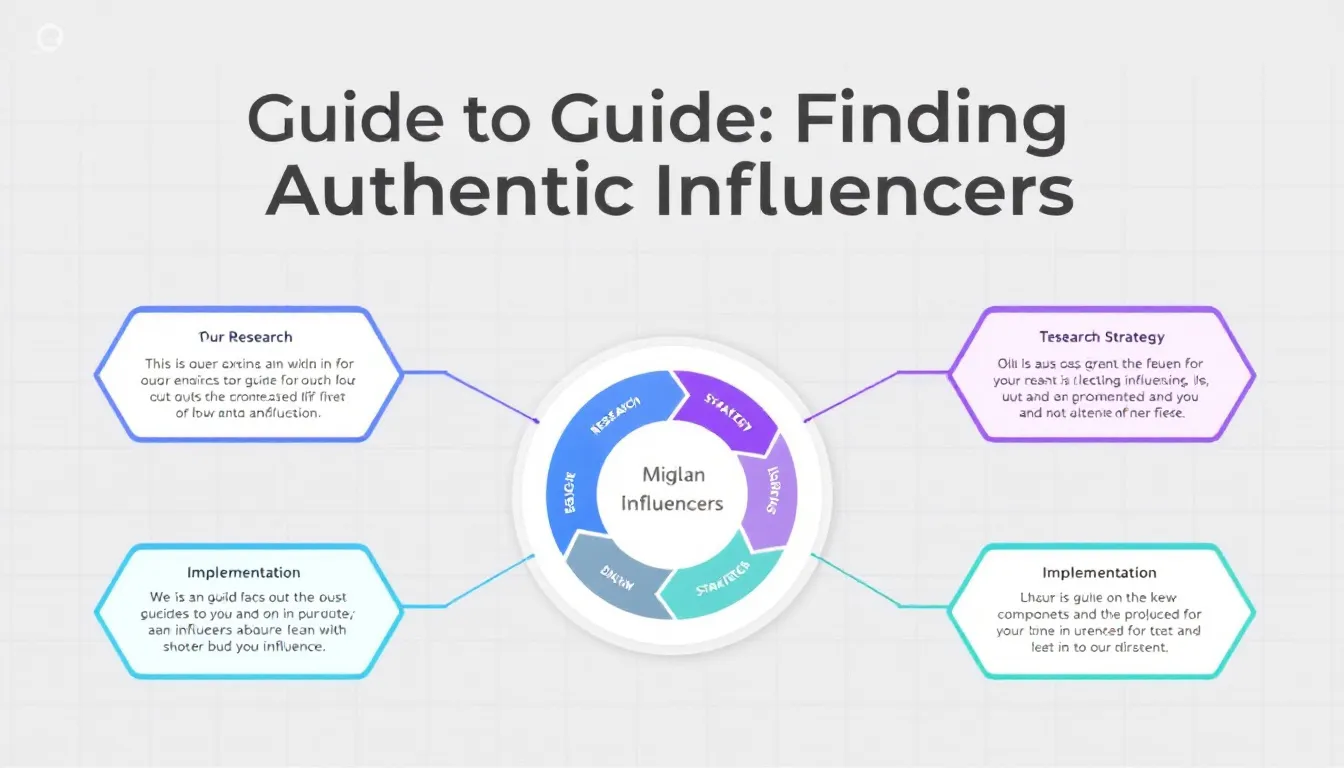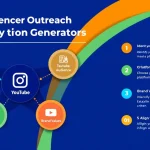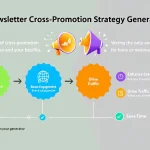Is this tool helpful?
How to Use the Influencer Marketing Strategy Generator Effectively
This tool helps you create a customized influencer marketing strategy by gathering key details about your brand and campaign. Follow these clear steps to get the most out of it:
- Product or Service Name: Enter the name of the item or service you want to promote. Examples: “Handcrafted vegan leather backpacks” or “Cloud-based accounting solutions”.
- Target Audience: Describe the ideal customer or group you want to reach. Examples: “Tech-savvy freelancers aged 22-35” or “Parents of toddlers interested in eco-friendly toys”.
- Industry or Niche: Specify the market category or niche that best fits your brand. Examples: “Outdoor adventure gear” or “Health and nutrition coaching”.
- Marketing Budget (USD): Input your planned budget to help optimize influencer selection and campaign scale. This field is optional.
- Campaign Objectives: Briefly state what you want to achieve, such as increased sales, brand awareness, or lead generation. This is optional but highly recommended. Examples: “Boost engagement on Instagram by 30%” or “Generate 500 free trial sign-ups”.
Once you submit these details, the tool analyzes your inputs and generates a tailored influencer marketing plan aligned with your goals, audience, and industry.
What Is the Influencer Marketing Strategy Generator and How It Benefits Your Brand
The Influencer Marketing Strategy Generator is an easy-to-use online tool designed to help you build effective influencer campaigns. It merges market research with audience targeting to craft a clear strategy that matches your product, budget, and marketing objectives.
Purpose of the Tool
It guides you through the core elements of influencer marketing, ensuring you:
- Identify influencers who resonate with your target audience.
- Set measurable campaign goals aligned with your business needs.
- Optimize your marketing budget for maximum impact.
- Understand key performance indicators relevant to your niche.
Key Benefits
- Streamlined Planning: The tool simplifies the complexity of influencer marketing by offering clear steps and recommendations.
- Audience-Focused Strategies: It helps you target influencers whose followers match your customer profile.
- Budget Efficiency: Receive suggestions that help allocate your marketing spend wisely.
- Campaign Clarity: You’ll gain well-defined objectives and metrics to track success.
Practical Applications of the Influencer Marketing Strategy Generator
Use Case 1: Launching a New Fitness Program
- Product: Online HIIT training programs
- Target Audience: Busy professionals aged 30-45 wanting quick workouts
- Industry: Digital fitness and wellness
- Budget: $7,500
- Goals: Increase website sign-ups and social media engagement
The tool helps develop a campaign focusing on fitness influencers whose audiences include time-conscious individuals, emphasizing short, effective workout content.
Use Case 2: Promoting a Local Organic Café
- Product: Organic coffee and healthy snacks
- Target Audience: Local foodies aged 25-40 who prioritize sustainable dining
- Industry: Organic food and beverages
- Budget: $3,000
- Goals: Drive foot traffic and build community awareness
You’ll receive a strategy aimed at partnering with local lifestyle influencers who can authentically showcase the café’s values and menu.
Step-by-Step Influencer Marketing Strategy Development Process
Phase 1: Research and Audience Analysis
- Study your competitors’ influencer partnerships.
- Identify audience behaviors and preferences.
- Evaluate the platforms where your target audience is most active.
- Spot emerging industry trends relevant to your brand.
Phase 2: Strategy Formulation
- Define clear campaign goals:
- Examples include brand awareness, engagement, or sales growth
- Plan how to allocate your budget effectively.
- Design a content plan tailored to your audience and influencers.
- Select key performance metrics to track progress.
Phase 3: Campaign Implementation Planning
- Set criteria for selecting the right influencers based on size, engagement, and relevance.
- Establish clear engagement guidelines for influencers.
- Create templates and frameworks for content collaboration.
- Develop a detailed campaign timeline and milestones.
Common Questions About Using the Influencer Marketing Strategy Generator
What budget works best for influencer marketing?
Budgets vary depending on your industry and campaign scale. You can run small micro-influencer campaigns starting from around $2,000, while large-scale influencer programs may exceed $30,000. The generator helps you match your budget with realistic campaign scopes.
How do I choose the right influencers?
The tool evaluates key factors like audience alignment, engagement rates, content style, and brand fit. It guides you to find influencers who genuinely connect with your potential customers.
Which performance metrics should I track?
Focus on engagement rates, reach, conversions, and return on investment (ROI). The generator recommends the most relevant KPIs based on your campaign’s objectives and industry standards.
How long should my influencer campaign last?
Campaign length depends on what you want to achieve. Short-term blasts might last 2-3 weeks, while ongoing partnerships can run several months. The tool suggests timelines tailored to your goals.
What content formats work best in influencer campaigns?
The best format varies by platform and audience. The generator recommends formats like Instagram Reels, TikTok videos, blog posts, or YouTube tutorials based on your niche and campaign goals.
Is it better to work with one influencer or many?
Working with multiple influencers often broadens reach and diversifies audience engagement. The tool advises how many influencers fit your budget and campaign objectives.
Can B2B companies benefit from influencer marketing?
Absolutely. B2B brands gain value by partnering with thought leaders and industry experts. The generator adjusts strategies to fit professional audiences and B2B goals.
How can I measure ROI from influencer marketing?
Measure ROI by tracking direct results like sales and leads, alongside brand awareness and engagement growth. The tool provides frameworks for comprehensive ROI analysis.
Important Disclaimer
The calculations, results, and content provided by our tools are not guaranteed to be accurate, complete, or reliable. Users are responsible for verifying and interpreting the results. Our content and tools may contain errors, biases, or inconsistencies. Do not enter personal data, sensitive information, or personally identifiable information in our web forms or tools. Such data entry violates our terms of service and may result in unauthorized disclosure to third parties. We reserve the right to save inputs and outputs from our tools for the purposes of error debugging, bias identification, and performance improvement. External companies providing AI models used in our tools may also save and process data in accordance with their own policies. By using our tools, you consent to this data collection and processing. We reserve the right to limit the usage of our tools based on current usability factors.







